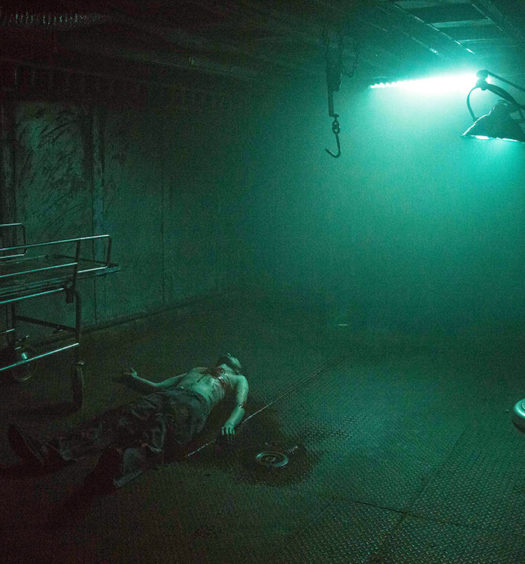Picture this: you wake up cold, sore, and sickly in an unfamiliar place. Feeling like leftover death reheated, speaking feels like pushing broken glass through a closed throat. You don’t know where you are and, for a moment, you’re not even sure who you are. Chances are you experienced something similar to this in your party days. Most of us have. But the situation that unfolds in Alive is a little more dire than your average hangover.
The new captive thriller, directed by Rob Grant (Harpoon), tells the story of a man and a woman waking up severely injured in a derelict hospital. The extent of their injuries is unclear, but most of their bodies are wrapped in bandages. They’re left to put together the pieces of who they are, what exactly happened to them, and what the motives of the lone doctor treating them actually are.
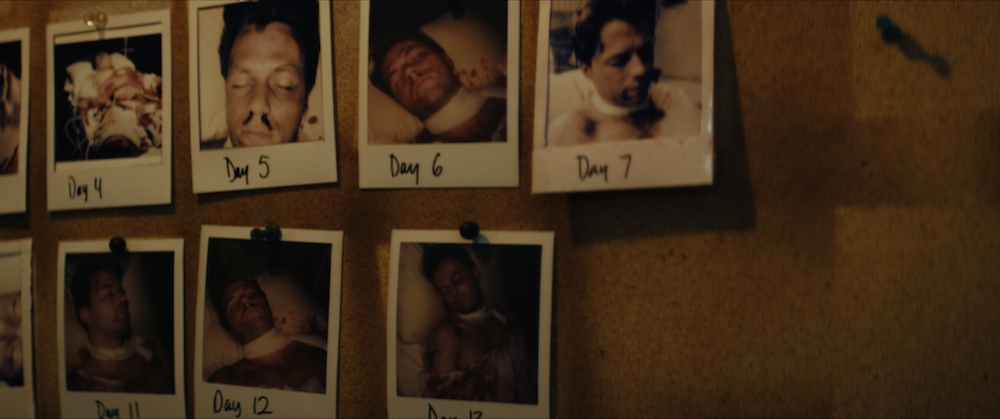
While the film finds a comfortable home in a number of horror tropes, it’s also desperate to find its own unique voice.
As far as horror plots go, waking up amnesic in a sinister place is nothing new. It’s one of those classics that will be used again and again until the end of time, but Alive manages to use this trope surprisingly effectively. A classic is a classic for a reason, and Alive honors this horror tent pole well… for the most part. While the film finds a comfortable home in a number of horror tropes, it’s also desperate to find its own unique voice. And that’s when things start to go sideways.
The story works its best when it stays on the beaten path laid by predecessors. Be it the charming, albeit insidious, caregiver or the “follow the clues to who you are” plot setup, Alive works as an homage to horror classics. But when it attempts to branch out into uncharted territory, it ends up hopelessly lost. Whether it’s reaching for something new or stretching itself to incorporate other classic elements (that often don’t fit), the movie finds itself overextending to include pieces that are unnecessary to the overall picture. As a result, Alive winds up using false endings as a crutch in order to fit everything in. After the first two, I was bored. After the third, I was flat out annoyed.
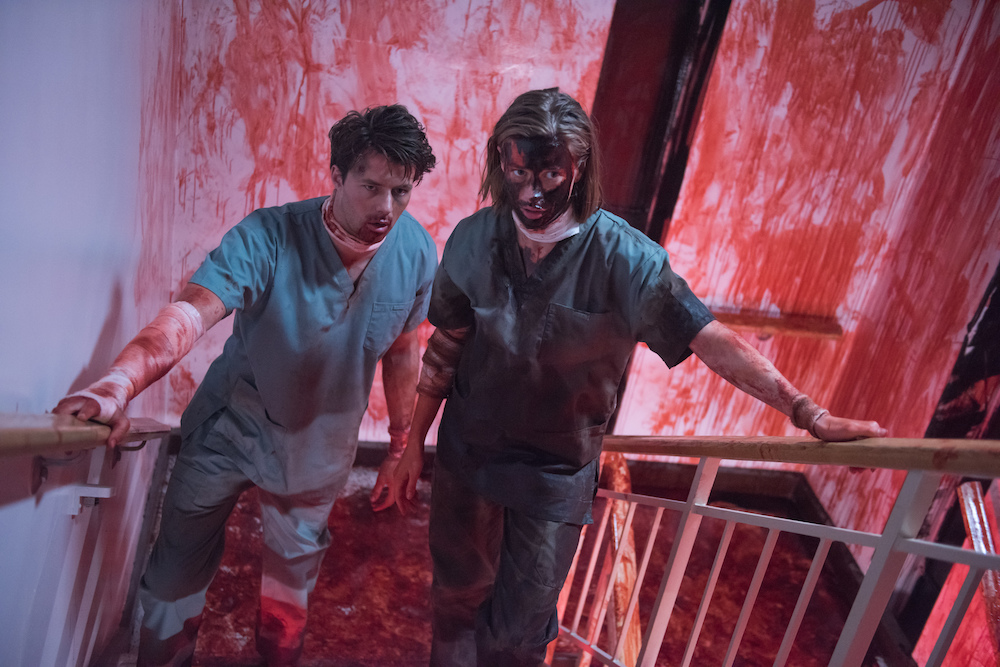
Though a large chunk of his screen time is nonverbal, Cocquerel convincingly portrays the fear and distrust that pervades the situation.
Employing the false ending trick repeatedly not only leaves the story feeling stale, but it also places a massive amount of pressure on the actual ending. If you’re gonna fake me out three times, the real ending better be worth it. In this case, it was not. Periodically throughout the movie the writers and director leave little threads and yarns for the viewers to follow, and it’s clear that they’re trying to lead you somewhere. But the yarns left aren’t big or cohesive enough to really lead you there. Things like Polaroids of the protagonists’ healing progress where Polaroids of others have clearly been before certainly feel like clues, but they don’t paint a clear enough picture for the movie’s finale to hit the way it was intended to. Ultimately what we get is an out-of-the-blue twist that would have gotten Shyamalan kicked out of the Screenwriters Guild.
For their parts, Thomas Cocquerel and Camille Stopps turn in perfectly serviceable performances as our leads. Though a large chunk of his screen time is nonverbal, Cocquerel convincingly portrays the fear and distrust that pervades the situation. Likewise, Stopps’s attempts to satiate the more harmful inclinations of their caregiver are realistic and emotionally charged. The pair may not be year-end contenders, but they’re suited just fine to the film they’re in. With that being said, Angus Macfadyen (Saw IV, Equilibrium) steals the show. His turn as the caregiver is both charming and sinister in a way that is executed impeccably. Even when the rest of the film hits a lull, his performance is still magnetic enough to keep you invested. Macfadyen is phenomenal in nearly every scene he’s in. It makes you wonder why he doesn’t show up in the genre more often. Unfortunately, his character is also unmade by a story turn that makes little sense and feels unearned.
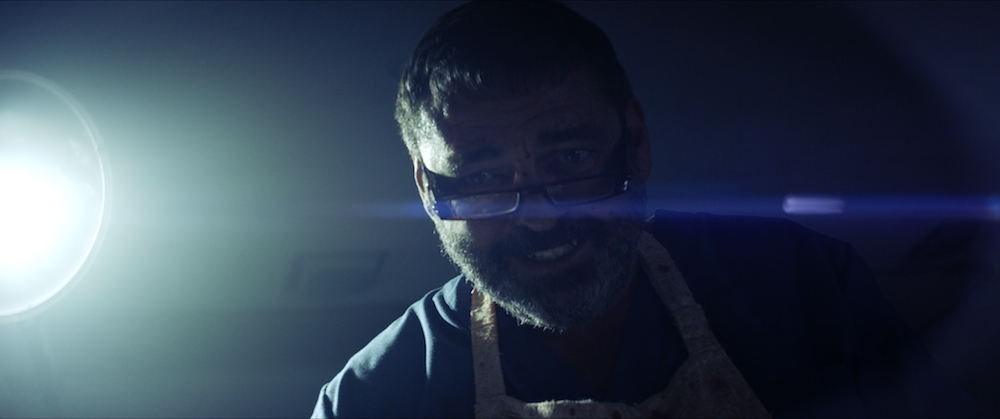
Macfadyen is phenomenal in nearly every scene he’s in. It makes you wonder why he doesn’t show up in the genre more often.
Alive ultimately would have worked wonderfully as a visceral, claustrophobic cat and mouse movie, and those elements that remain still hit. The practical effects look good and the production is uses its budget well. There are a few notable bloody sequences that play. But all of that gory fun gets pushed to the back burner to set up for the big twist. The movie feels so desperate to stand out, but even this attempt is just an homage to another classic horror icon, only without the heart of humanity possessed by the original. The first two thirds of Alive are an enjoyable ride, but all of that gets lost in a third act that jumps the shark. The film focuses so keenly on laying out threads and yarns to make a sweater, but the creators never stopped to consider we might prefer just a ball of yarn to play with.
Alive was released digitally in Ireland and the UK on June 29, 2020.
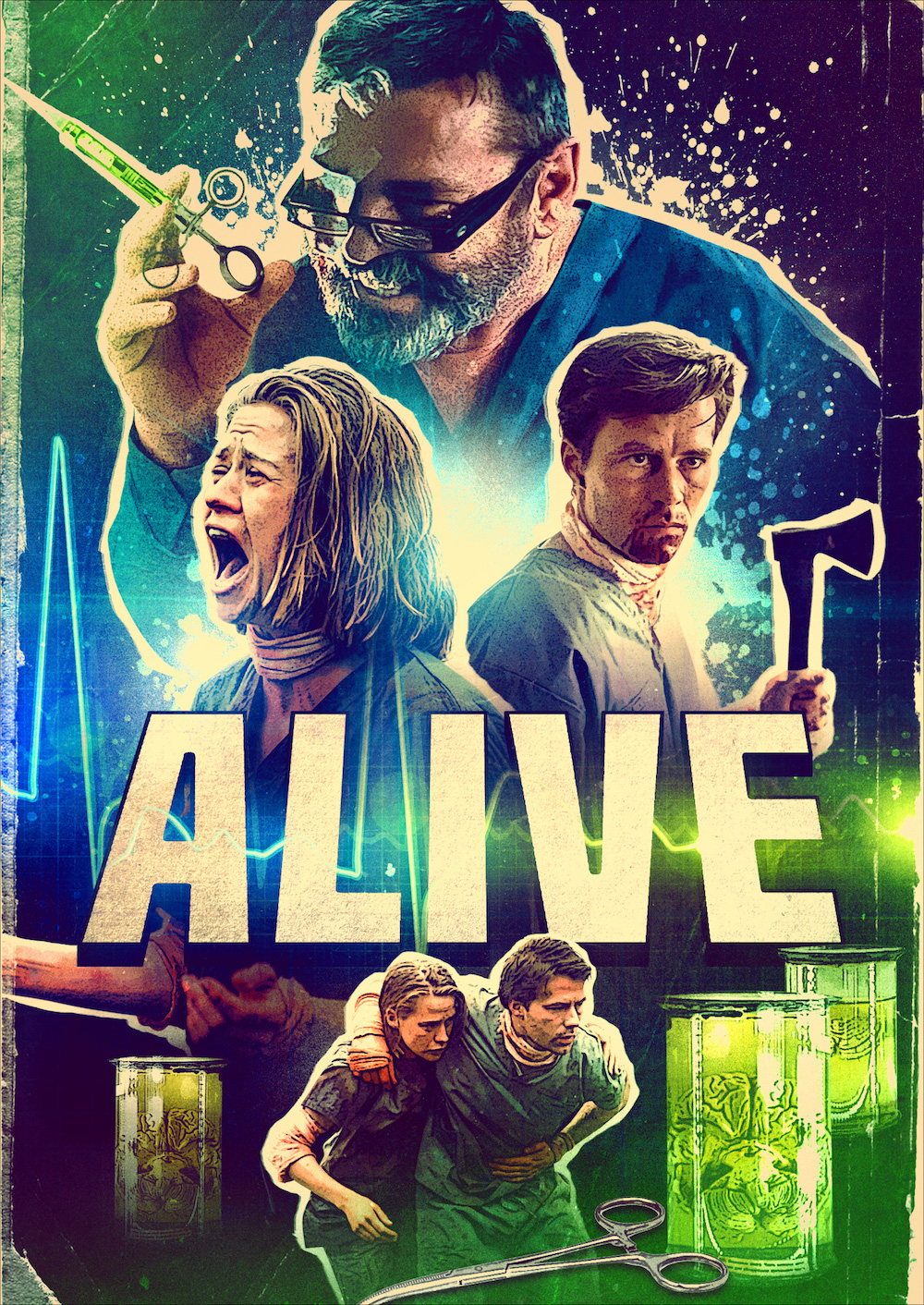
It’s A Bird…It’s A Plane…No, It’s ‘Alive’
While an entertaining ride, Alive is a movie that doesn’t know how or when to end. A short, concise, bloody story spins off the rails in an attempt to stand out. Alive would have been better served as a 40-minute short rather than a 90-minute feature.


